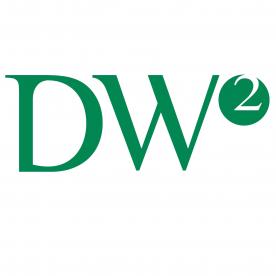
On June 26, 2024, the Québec government published the final version of the Regulation to amend mainly the Regulation respecting the language of commerce and business (the Regulation), which clarifies some uncertainties raised by Bill 96 regarding non-French trademark use in Québec. The trademark requirements under Bill 96 and the Regulation are set to come into force on June 1, 2025.
Some of the key changes include:
- Reversal of the Trademark Exemption
The most notable change is that the Regulation reintroduces the “recognized” trademark exemption, which suggests that both registered and unregistered (common law) trademarks can be displayed exclusively in a non-French language if a French version of the mark is not already registered.
Bill 96 intended to limit the exemption to “registered trademarks” only, as previously reported by the E-TIPS® Newsletter here. The Draft Regulations proposed to broaden the definition of “registered trademark” to include an applied-for trademark pending with the Canadian Intellectual Property Office (as previously reported by the E-TIPS® Newsletter here). The Regulation appears to revert to the status quo that existed prior to Bill 96.
- Definitions of “Generic Term” and “Description of the Product” Clarified
Bill 96 requires non-French generic terms or descriptions of a product that appear within a registered trademark to appear in French elsewhere on the product.
The Regulation clarifies the meaning of “product”, “generic term”, and “description” in relation to trademark use:
- Product: includes its container or wrapping, and any documents or objects supplied with it.
- For public signs, posters, and commercial advertising: a “description” refers to one or more words describing the characteristics of the relevant products or services, and a “generic term” refers to one or more words describing the nature of the relevant goods or services.
- For product inscriptions: a “description” refers to one or more words describing the characteristics, and a “generic term” refers to one or more words describing the nature of a product, excluding the name of the enterprise and the name of the product as sold. “Designations of origin and distinctive names of a cultural nature” are also not considered a description or a generic term.
- Definition of “Markedly Predominant” Clarified
The Regulation also addresses the use of trademarks on public signs, posters, and commercial advertising. These forms of advertisement must ensure that any text in French is “markedly predominant” by ensuring that:
- the space allotted to the French text is at least twice as large as the space allotted to the text in another language; and
- the legibility and permanent visibility of the French text are equivalent to those of the text in another language.
Summary By: Amy Ariganello
E-TIPS® ISSUE
Disclaimer: This Newsletter is intended to provide readers with general information on legal developments in the areas of e-commerce, information technology and intellectual property. It is not intended to be a complete statement of the law, nor is it intended to provide legal advice. No person should act or rely upon the information contained in this newsletter without seeking legal advice.
E-TIPS is a registered trade-mark of Deeth Williams Wall LLP.
